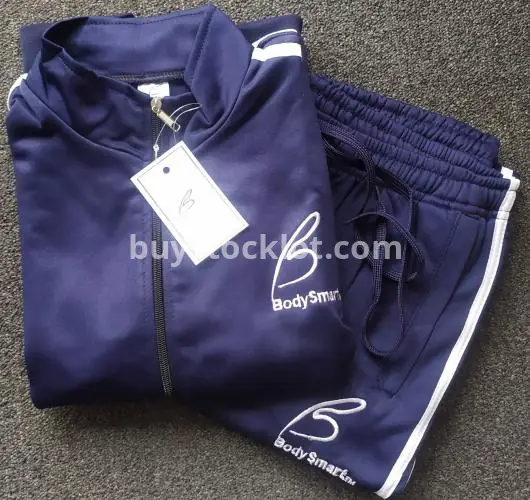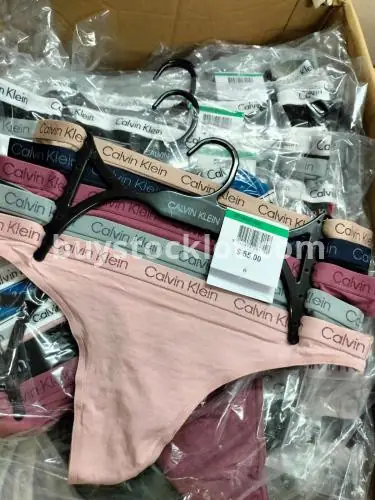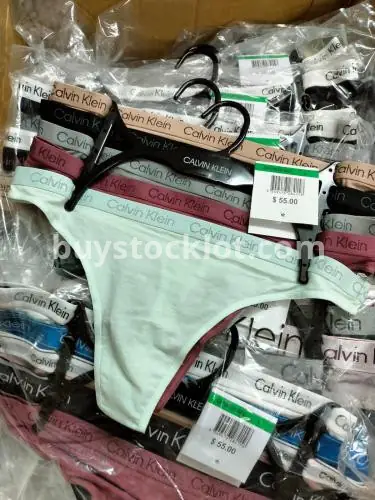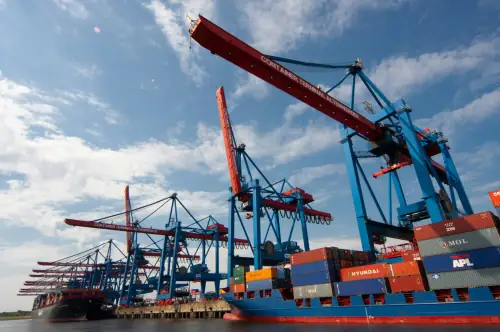A Comprehensive Guide to Succeeding in B2B Stocklot Trading: Exploring Opportunities and Navigating the Market.

Introduction:
In the dynamic landscape of business-to-business (B2B) commerce, one avenue that has gained substantial traction is stocklot trading. This unique sector operates on the premise of buying and selling surplus or excess inventory, offering businesses an opportunity to optimize their resources while providing others access to quality products at competitive prices. In this article, we delve into the world of B2B stocklot trading, exploring what it is, how it works, and the potential benefits for businesses engaging in this model.
Understanding B2B Stocklot Trading:
B2B stocklot trading involves the buying and selling of excess or unsold inventory between businesses. These can be overruns, canceled orders, closeouts, or end-of-season merchandise. Manufacturers, distributors, and wholesalers often find themselves with surplus stock due to various reasons, and rather than holding onto these items, they opt to sell them at a discounted rate to other businesses.
Key Components of B2B Stocklot Trading:
-
Sourcing:
- Businesses engaged in stocklot trading often source their inventory from manufacturers, wholesalers, or retailers looking to clear excess stock.
- Sourcing can also involve purchasing from liquidation auctions, bankruptcy sales, or closeout sales.
-
Quality Inspection:
- Before purchasing, buyers typically conduct thorough quality inspections to ensure that the stock meets their standards.
- Transparency in communicating any defects or imperfections is crucial in maintaining trust in the stocklot trading process.
-
Pricing:
- Pricing in stocklot trading is often significantly lower than the original market value, creating an attractive proposition for buyers.
- Negotiation skills play a vital role in striking favorable deals for both parties involved.
Benefits of B2B Stocklot Trading On BuyStocklot.com:
-
Cost Savings:
- For buyers, stocklot trading presents an opportunity to acquire goods at a fraction of their original cost, enabling significant cost savings.
- Sellers benefit by recouping some capital on excess inventory that might otherwise be written off as a loss.
-
Market Expansion:
- Businesses can use stocklot trading to explore new markets or offer a wider range of products without the initial investment associated with manufacturing or acquiring new inventory.
-
Sustainability:
- By facilitating the movement of excess goods, stocklot trading contributes to a more sustainable business model by minimizing waste and optimizing resource utilization.
-
Risk Mitigation:
- For sellers, stocklot trading helps mitigate the risks associated with holding onto excess inventory, reducing storage costs and the likelihood of depreciation.
Challenges and Considerations:
-
Logistics:
- Efficient logistics management is crucial to ensure the timely and cost-effective movement of stocklots from sellers to buyers.
-
Quality Assurance:
- Maintaining transparency and ensuring accurate representation of the quality of the goods is essential to avoid disputes and build long-term trust.
-
Market Fluctuations:
- The value of stocklots can be influenced by market conditions, making it imperative for businesses to stay informed about trends and demands.
Conclusion:
B2B stocklot trading is a dynamic and evolving sector that offers businesses an avenue for optimizing resources, reducing waste, and exploring new market opportunities. Whether you're a buyer looking for cost-effective inventory or a seller seeking to streamline excess stock, understanding the nuances of stocklot trading can open doors to mutually beneficial partnerships. As with any business venture, diligence, transparency, and adaptability are key to navigating the complexities of this unique B2B model.







 English
English
 French
French  Arabic
Arabic  Spanish
Spanish  German
German 

